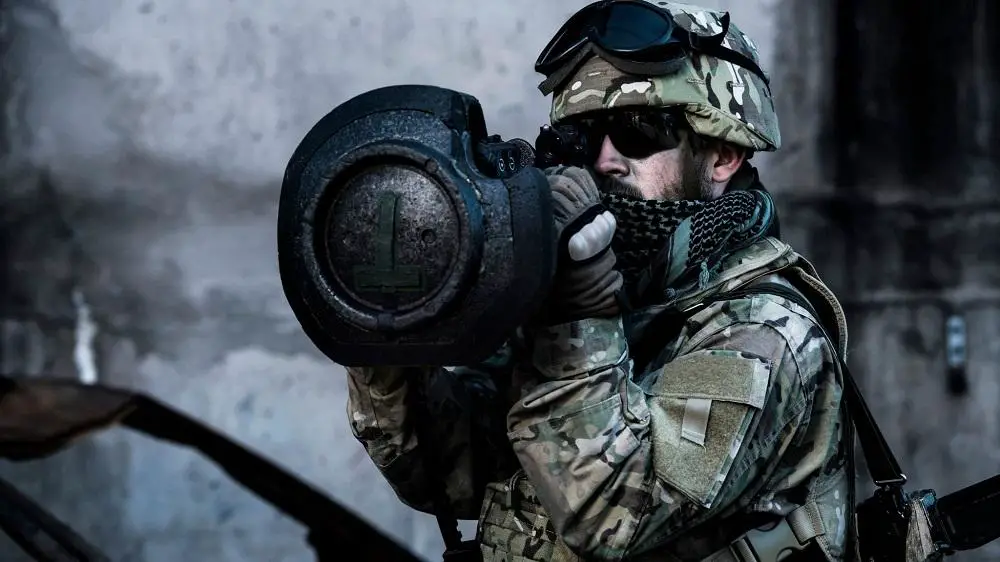UK Ministry of Defence will arm Ukraine with deadly shoulder-launched missiles designed to kill Russia’s best main battle tanks. The Ministry of Defence did not specify the type of anti-tank weapon that will be delivered to Ukraine but according to the Newspaper “The Sun”, it could be the NLAW (Next generation Light Anti-tank Weapon). The Next generation Light Anti-tank Weapon (NLAW) also known as the Main Battle Tank and Light Anti-tank Weapon (MBT LAW) is a joint British and Swedish short-range fire-and-forget anti-tank missile system. Designed for use by infantry, the MBT LAW is shoulder fired and disposable, firing once before being disposed of.
The MBT LAW was developed by Saab Bofors Dynamics and Thales Air Defence in collaboration with the British Ministry of Defence in 2002. The development is a joint venture between the UK and Sweden using technology derived from the BILL 2 (warhead and guidance), and AT4 CS (confined space capability) systems. The UK MoD Defence Procurement Agency will procure the systems for both the UK and Sweden, with Sweden signing a contract for the weapon in December 2005 where it will be designated the “RB (Robot) 57”. It is currently in use with the military forces of the United Kingdom, Finland, Luxembourg, and Sweden, among others.

It has been estimated that the UK requirement may be for up to 20,000 systems for the British Armed Forces and each system has a shelf life of around 20 years. In December 2007, Finland placed an order for an undisclosed number of NLAW systems. An additional, undisclosed, number was ordered in December 2008. In Finnish Defence Forces the NLAW complements the existing stock of LAW and Apilas rockets and Spike and TOW missiles; LAW is primarily intended against lighter armoured vehicles, but a MBT in close range is engaged with both LAW and NLAW. LAW is stocked at infantry platoon level, NLAW is stocked at infantry company level.
It is a soft-launch system, allowing it to be used by infantry from within an enclosed space. In this system, the missile is first launched out of the launcher using a low powered ignition. After the missile travels several metres into flight, its main rocket ignites, propelling the missile from there on to the target. Guidance is obtained using predicted line of sight (PLOS). For a moving target, the gunner maintains tracking for three seconds, training the missile’s guidance electronics to compute the target’s angular speed. It is unnecessary for the gunner to consider the range to the target. After launch the missile’s position in its trajectory always coincides with the target irrespective of range.















